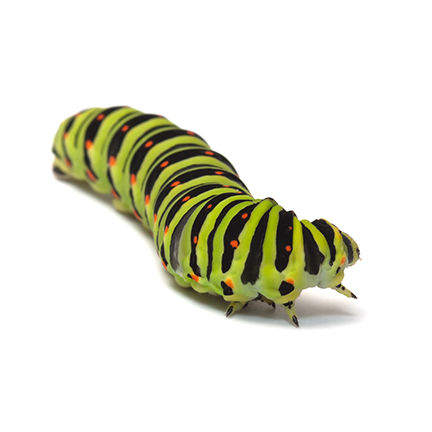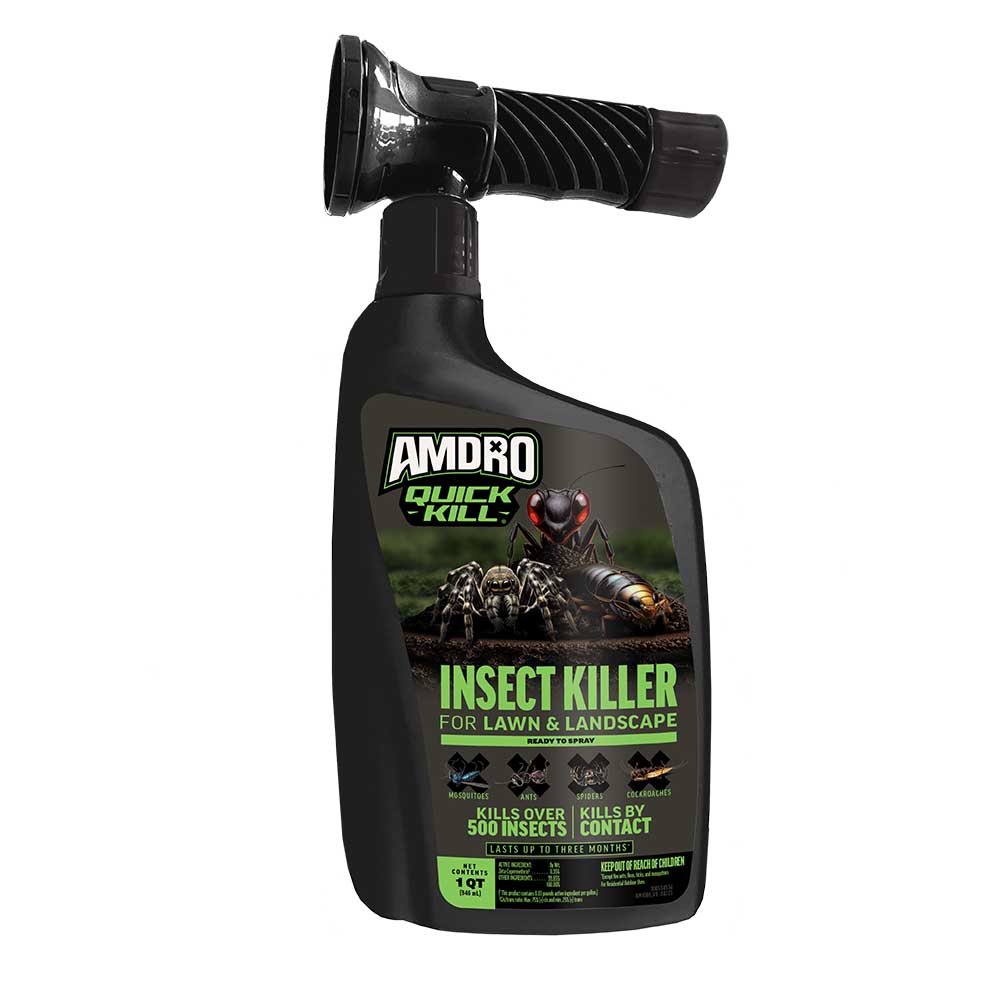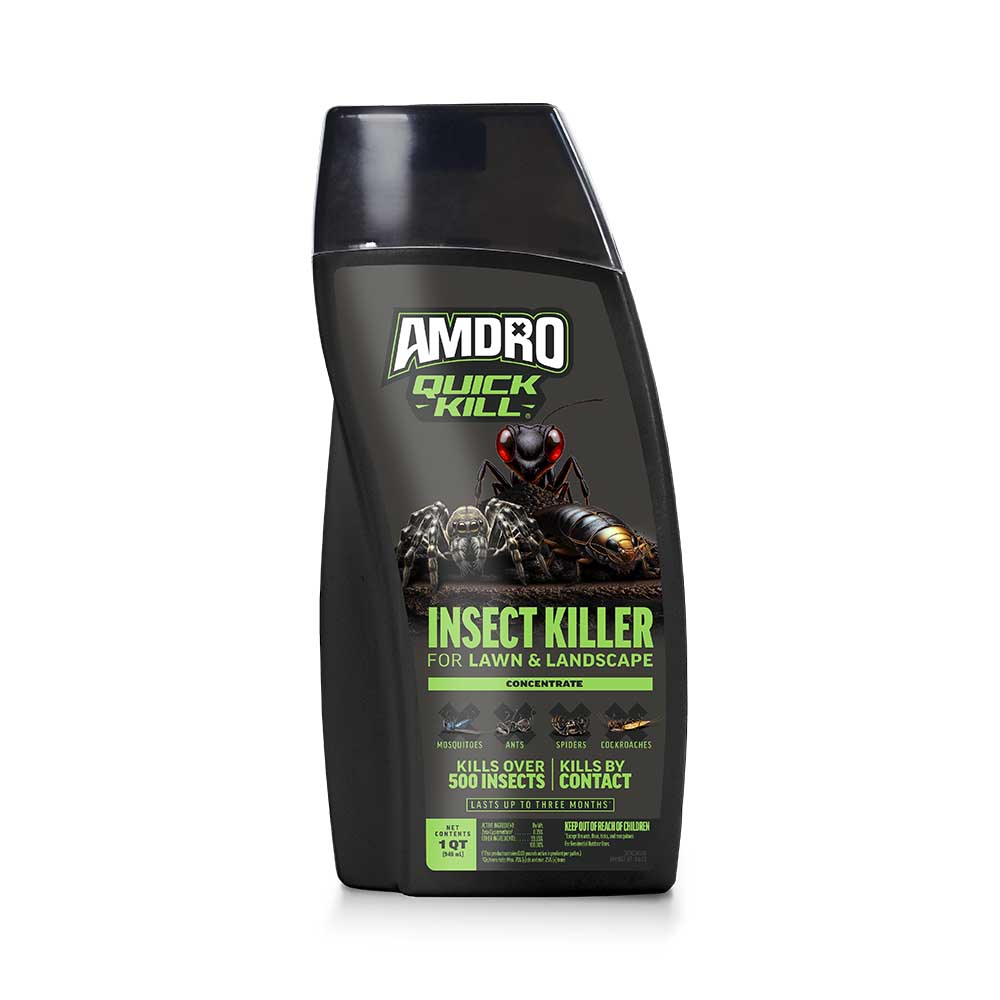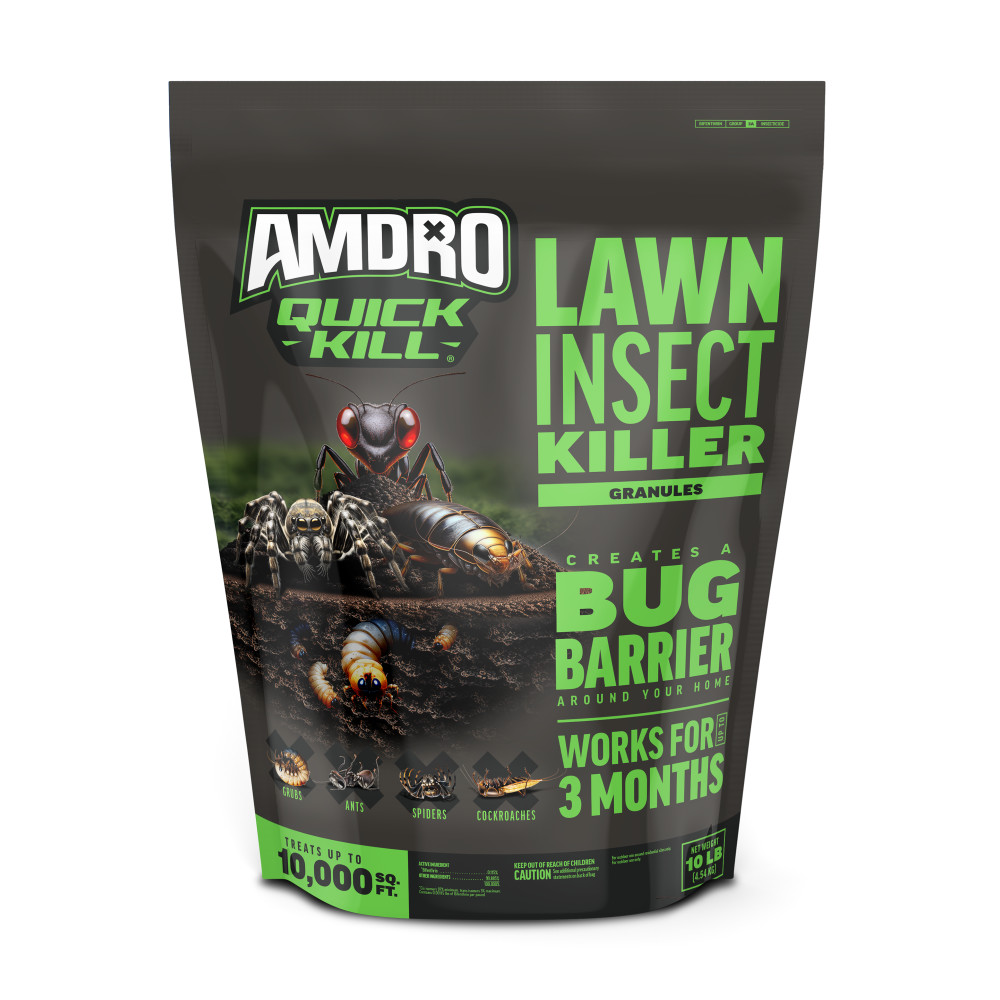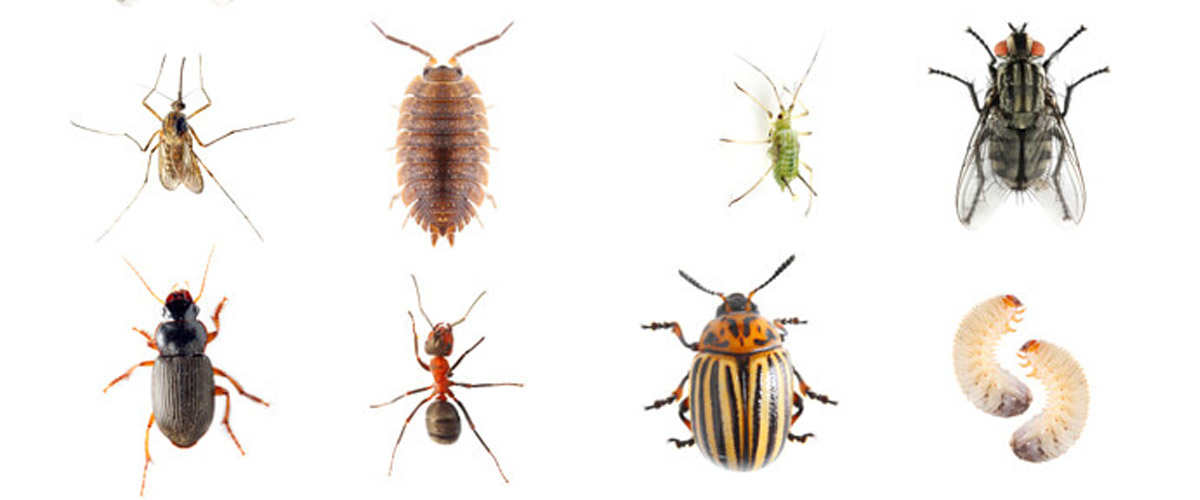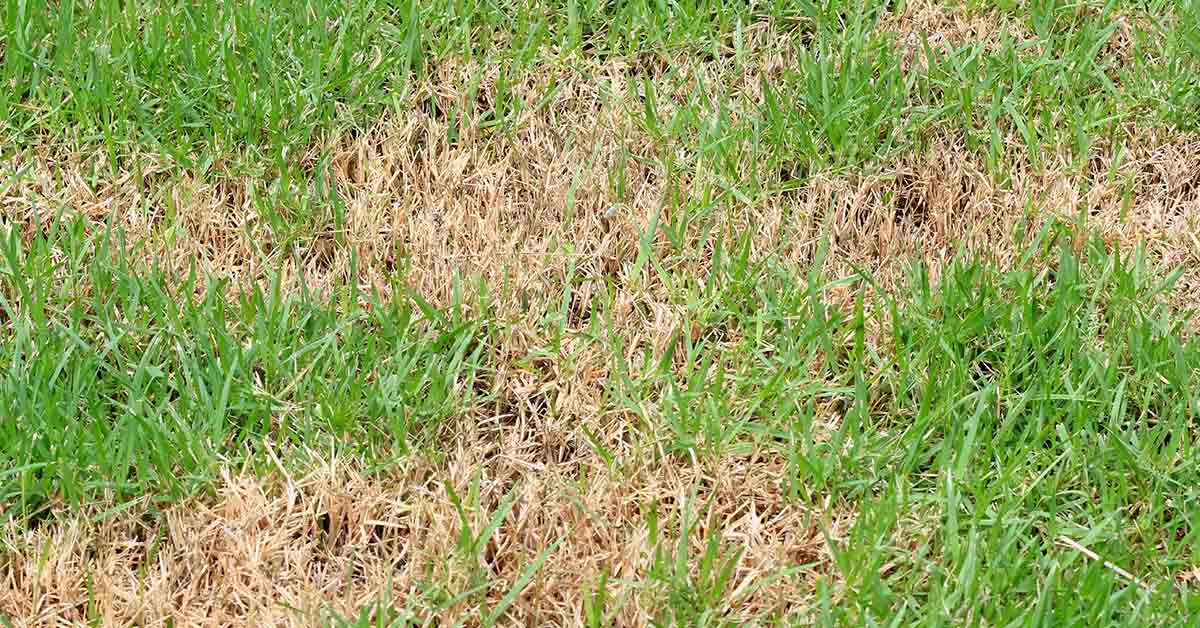Caterpillars
CATERPILLAR IDENTIFICATION
"Caterpillar" is a catch-all name for the immature, larval stage of butterflies and moths. Like the adults they become, caterpillars are an extremely diverse group. Their species range from hundreds of types of small green caterpillars known as "inchworms" to large creatures that grow 4 inches long or more. Armyworms and cutworms belong to this pest group, as do the following caterpillar pests:
- Tent caterpillars – This group of caterpillars weave protective, tent-like webs and grow up to 2 inches long. Depending on the species, they can have spots and stripes of blue, white, black and orange, with orange-red hairs covering their bodies.
- Hornworms – These bright green caterpillars grow up to 4 inches long and are as thick as an index finger. Depending on the species, white side markings are V-shaped or diagonal. The posterior "horns" that inspire their name are typically black or red.
Like all insects, caterpillars have six legs. Located right behind their heads, these true legs complement fleshy false legs, called "prolegs," which help support the abdomen. Caterpillars always have some abdominal segments without either kind of leg. Prolegs help distinguish caterpillars from beetle larvae and other insect pests.
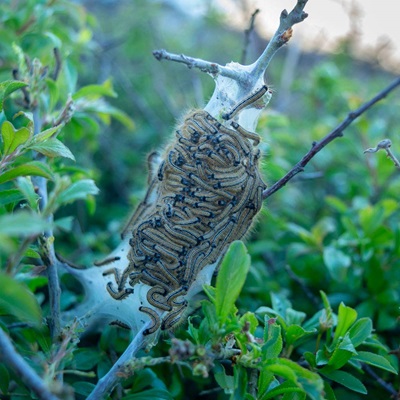
SIGNS OF CATERPILLARS
Caterpillar damage comes in various forms. Depending on the insect involved, these pests may chew flowers, leaves, fruits or grasses. Some types bore into trees and woody shrubs. Leaf-eating caterpillars can be voracious feeders. They chew large, irregular holes in leaves or decimate leaf margins. They'll also consume entire seedlings, leaves and flowers — and leave large droppings behind.
Sod webworms, a type of turf-damaging caterpillar, weave silky webs in lawn grasses as they chew off grasses at the base. Other types of turf-injuring caterpillars may chew grass tips or eat grass back to the ground, leaving large patches of yellow or brown grass in their path. Damage is often worse in lawn areas with poor drainage or heavy thatch.
HOW TO CONTROL CATERPILLARS
Effective caterpillar control hits these pests where they live and eat. Watch your lawn and landscape for caterpillars and signs of chewed leaves and grass blades. Then treat promptly to stop damage in its tracks and protect against new caterpillars. Amdro® brand products can meet your needs whether your caterpillar pests feed on leaves or grass:
- Amdro Quick Kill® Outdoor Insect Killer Ready to Spray works in minutes to kill caterpillars, then it keeps working for up to three months.* Just attach the container to a regular garden hose and spray your lawn or plant surfaces to the point of runoff. It does the measuring and mixing for you.
- Amdro Quick Kill Outdoor Insect Killer Concentrate, with a convenient measuring cap, starts working by contact to kill caterpillars and protect your lawn and landscape for up to three months.* Dilute the product according to label instructions, then apply with a brush or your lawn and garden sprayer.
- Amdro Quick Kill Lawn Insect Killer Granules provide an easy solution for dealing with ground-level caterpillar pests. Apply the granules with a standard lawn spreader, then water the treated area lightly. The granules kill turf-damaging caterpillars within 24 hours and keep working for up to three months.
CATERPILLAR TIPS
Egg-laying adult moths and butterflies are sure signs of caterpillars soon to come. When you see the adults, watch for eggs or newly hatched larvae, then treat your lawn grasses and landscape plants promptly.
* Except fleas, ticks, and mosquitoes
Always read product labels and follow the instructions carefully, including pest-specific application rates.
Amdro and Amdro Quick Kill are registered trademarks of Central Garden & Pet Company.
Pest Gallery
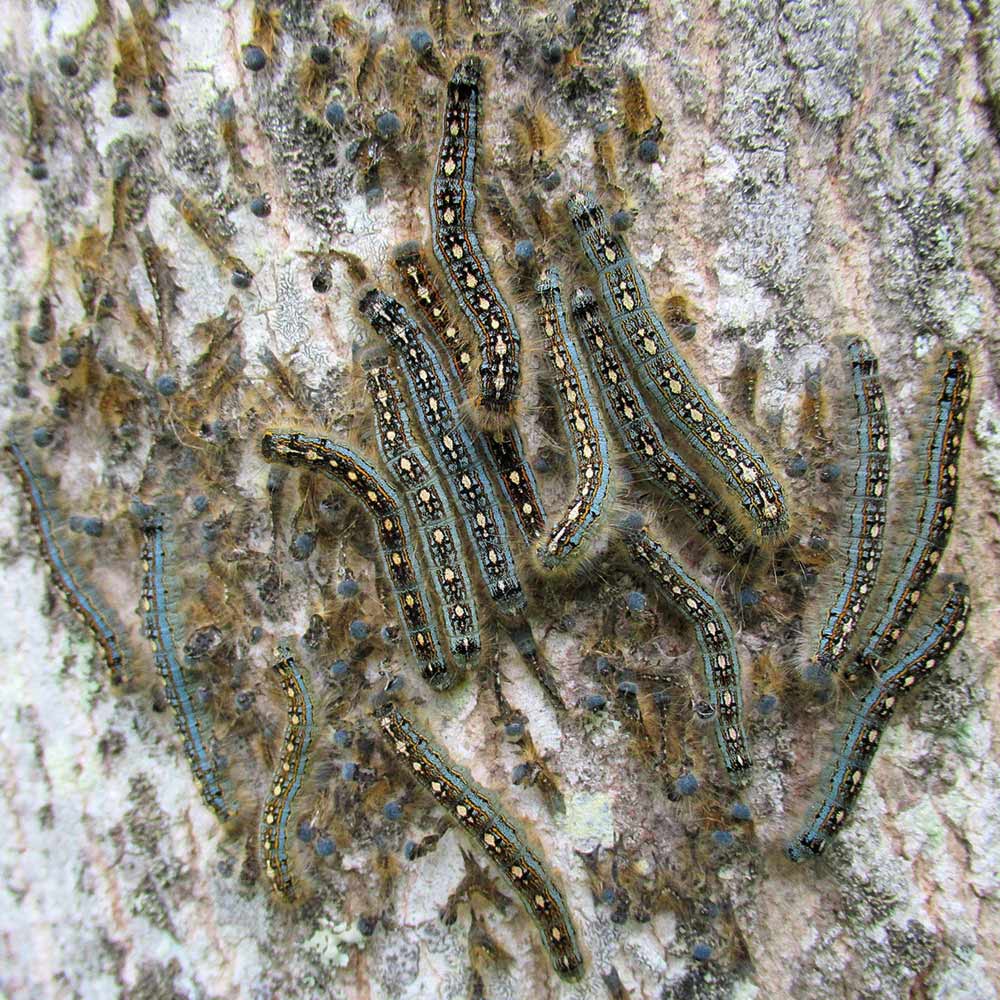
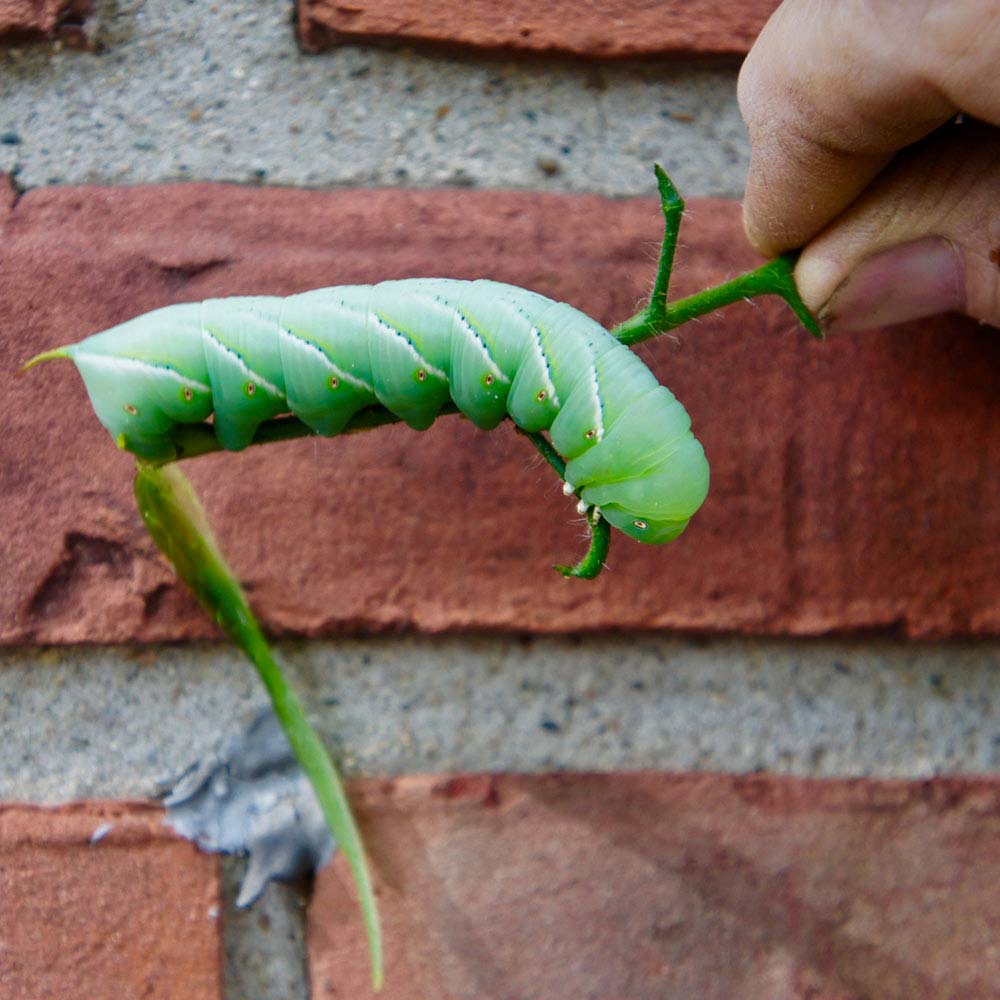
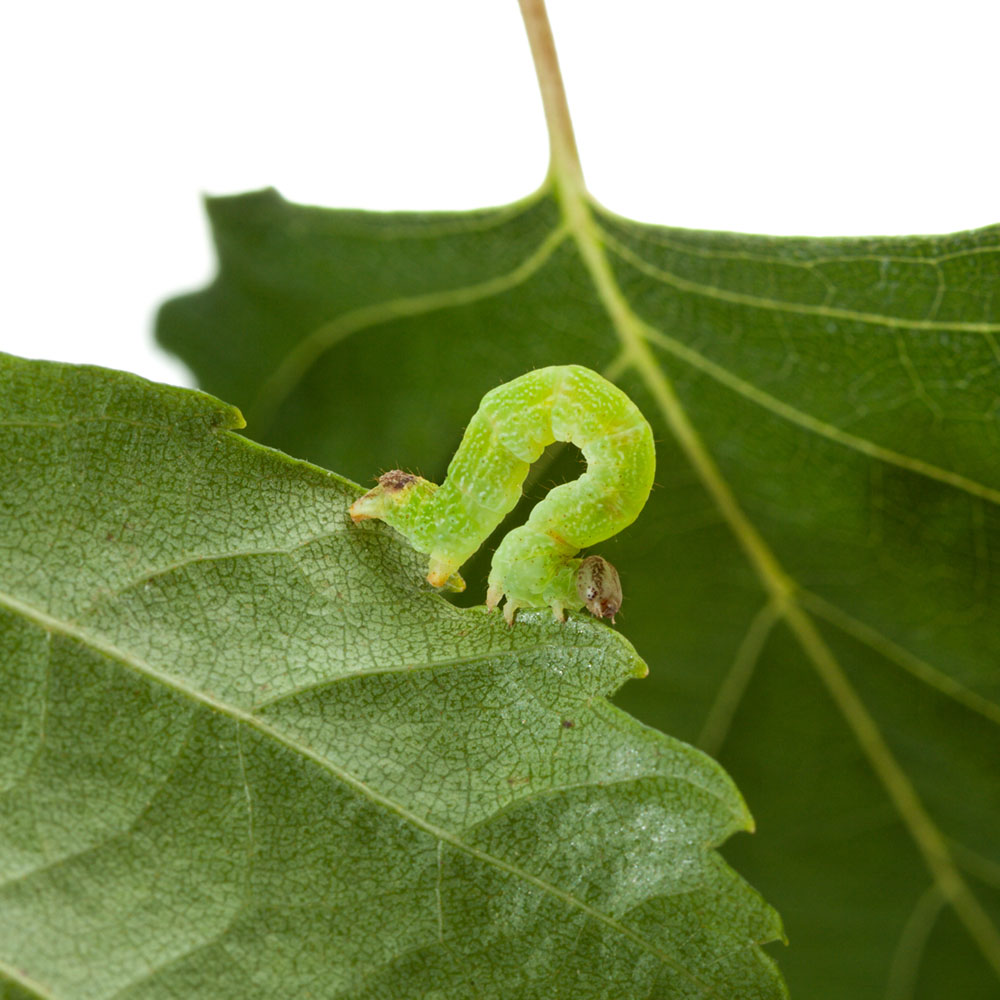
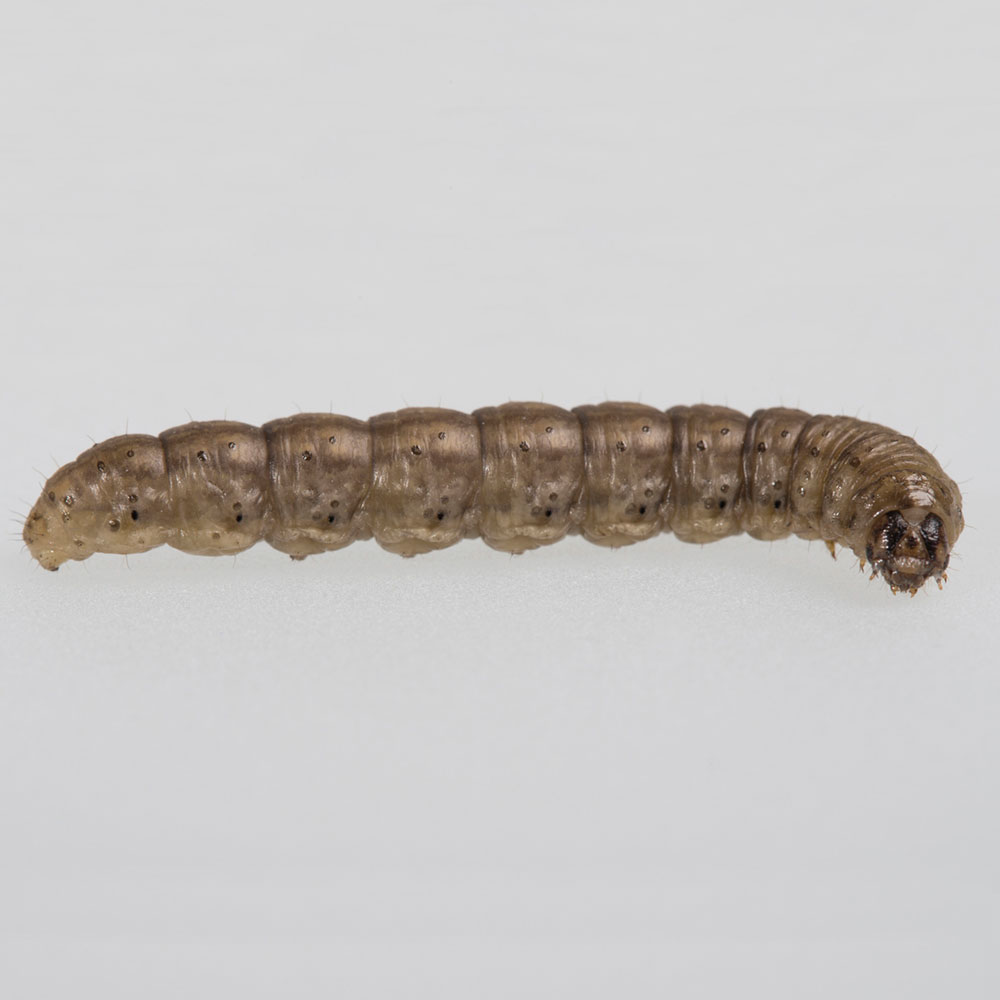
Is this not your insect?

